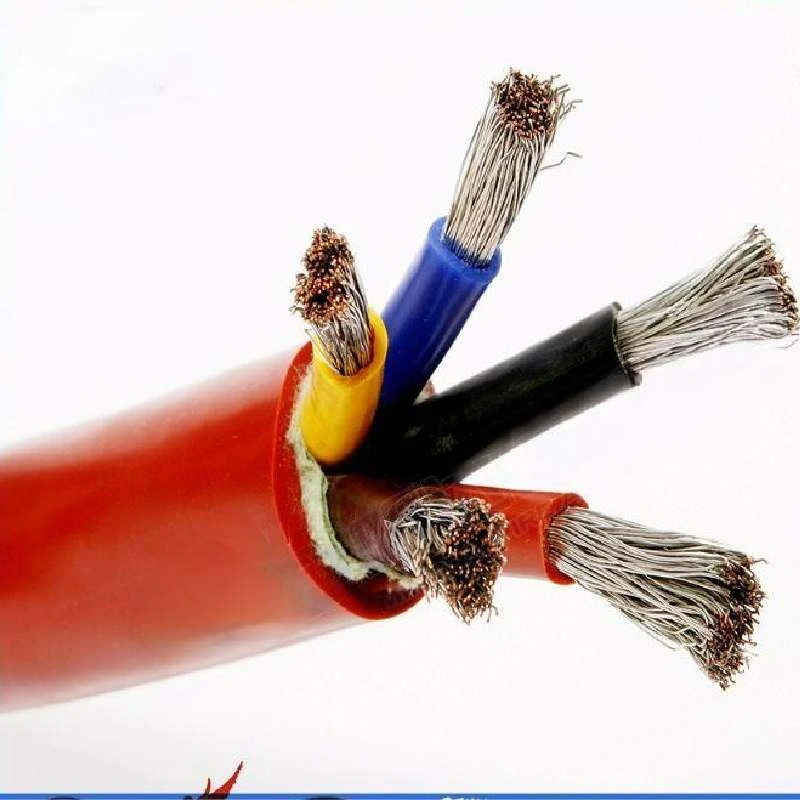Oct . 14, 2024 10:16 Back to list
Optimizing Flow Control with Y Strainers in ANSI Applications
Understanding Y-Strainer ANSI Standards
In the world of industrial piping systems, maintaining the quality and integrity of fluids is crucial. One essential component that serves this purpose is the strainer, particularly the Y-strainer design. Among various types of strainers, Y-strainers are often preferred for their efficiency and effectiveness in filtering out unwanted particles. This article delves into the significance of Y-strainers, the ANSI (American National Standards Institute) standards associated with them, and their applications across different industries.
What is a Y-Strainer?
A Y-strainer gets its name from its Y-shaped configuration, which allows it to fit seamlessly into piping systems. This design is especially popular because it can be installed in both horizontal and vertical orientations, making it versatile for various applications. The strainer has a filtration element that can capture debris, sediment, and other particulates from liquids and gases, thereby preventing them from entering valves, pumps, and other critical equipment.
Importance of ANSI Standards
The ANSI standards provide a structured framework for manufacturing, testing, and ensuring the performance of industrial equipment, including Y-strainers. These standards help maintain consistency, safety, and reliability across different products in the market. ANSI specifications for Y-strainers often dictate materials, dimensions, and performance criteria that manufacturers must adhere to, ensuring that users receive high-quality, dependable components.
The significance of ANSI standards becomes clear when considering the potential hazards of not using properly designed equipment. A failure in a strainer could lead to damage downstream in the system, costly downtime, and even safety risks for personnel. Therefore, adhering to these ANSI standards is vital for maintaining operational efficiency and safety.
Key ANSI Standards Related to Y-Strainers
y strainer ansi

When it comes to Y-strainers, several ANSI standards are commonly referenced, including ANSI/ASME B16.5 for flanges and fittings, and ANSI/ASME B31.3 for process piping. These standards outline dimensions, pressure ratings, and materials used for strainers, ensuring compatibility with other components in a piping system.
1. Materials and Design – ANSI standards specify acceptable materials for manufacturing Y-strainers, ensuring they can withstand the pressures and temperatures of the fluids they will filter. Common materials include stainless steel, carbon steel, and bronze, each selected for their specific properties suitable for different applications.
2. Pressure Ratings – The pressure rating of a Y-strainer is critical, as it must be able to handle the operating conditions of the system. ANSI standards provide guidelines to ensure that hydraulic and pneumatic pressures do not exceed the designed limits, thus preventing failures.
3. Installation and Maintenance – ANSI standards often include recommendations for the proper installation and maintenance of Y-strainers, including inspection protocols and cleaning methods. This guidance helps prevent clogs and ensures efficient operation.
Applications of Y-Strainers
Y-strainers are widely used across various industries, including oil and gas, water treatment, food and beverage, and HVAC systems. In these applications, they serve to protect pumps, compressors, and other equipment from contaminants that may lead to operational issues. For instance, in water treatment facilities, Y-strainers are crucial for ensuring that no unwanted debris makes its way into the filtration system, thereby enhancing water quality and compliance with regulatory standards.
Conclusion
Y-strainers play a vital role in maintaining the integrity of piping systems across numerous industries. By adhering to ANSI standards, manufacturers ensure that these components perform reliably and safely, protecting downstream equipment and contributing to efficient operations. As industries continue to evolve and demand higher standards of safety and performance, understanding and utilizing Y-strainers according to ANSI guidelines will remain essential. Whether in a manufacturing plant or a municipal water treatment facility, the importance of Y-strainers cannot be understated in the quest for operational excellence and safety in fluid management systems.
Share
-
Reliable Wafer Type Butterfly Valves for Every IndustryNewsJul.25,2025
-
Reliable Flow Control Begins with the Right Ball Check ValveNewsJul.25,2025
-
Precision Flow Control Starts with Quality ValvesNewsJul.25,2025
-
Industrial Flow Control ReliabilityNewsJul.25,2025
-
Engineered for Efficiency Gate Valves That Power Industrial PerformanceNewsJul.25,2025
-
Empowering Infrastructure Through Quality ManufacturingNewsJul.25,2025